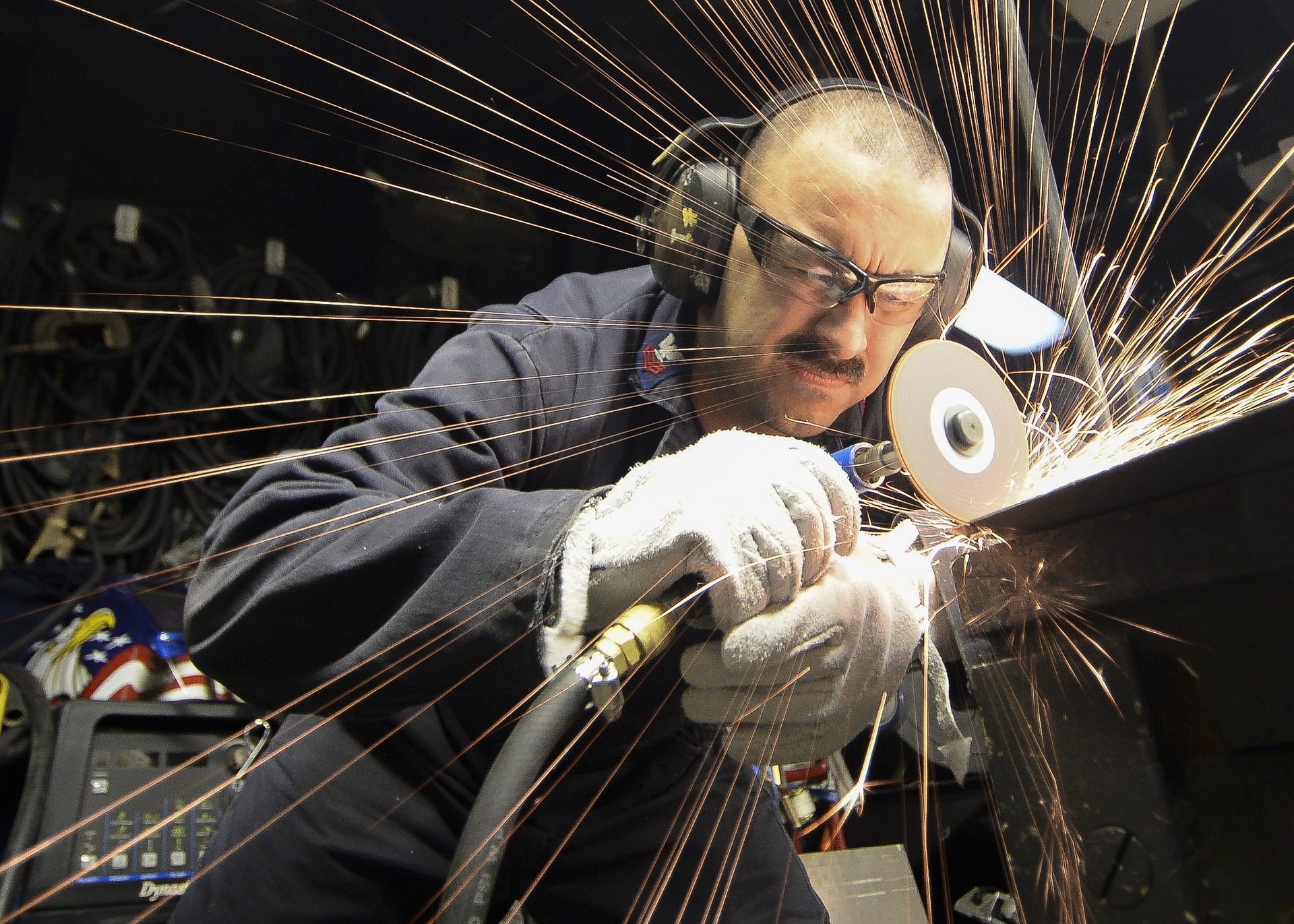The MRI for Metal Workers: Hazards and Solutions
Sheet metal workers, welders, and others exposed to tiny metal fragments face particular risks during an MRI scan. An adequate screening questionnaire will ask patients if they’ve been exposed to metal fragments well before they enter the MRI suite. In order to minimize anxiety both before and during imaging procedures, physicians should educate patients who work with metal early in the conversation.
Here are the key things to communicate to metal workers when referring them to a diagnostic imaging provider:
- The presence of metal in the body may not present a health risk, but may still contraindicate MRI as an imaging modality.Even if metal fragments don’t react to the magnet in ways that can cause harm, they can still disrupt magnetic field homogeneity. This can cause visual artifacts and signal loss, limiting the diagnostic value of the resulting images.Senol and Gumus present a novel example of this distortion in a brief submission to the journal Quantitative Imaging in Medicine and Surgery. The patient they describe was a metal worker; despite the fact that he had showered and washed his hair prior to his MRI scan, some metal dust remained on his scalp. These fragments created strange circular objects, like water bubbles, on the resulting images. (These images were obtained on a 1.5 Tesla MRI scanner.)
- Sheet metal workers are more likely than others to have tiny metal shards in their eyes, and these objects may not produce any symptoms at all.Patients are often unaware of the presence of intraocular foreign bodies. For instance, see this article from the American Journal of Ophthalmology Case Reports.Even if patients aren’t experiencing discomfort or pain, physicians may elect to obtain images of the eyes via nonmagnetic means before progressing to the MRI study.
- Standard procedure is to order a CT orbit scan prior to MRI for patients who face higher risks of metal fragments in their eyes.CT scans don’t use magnets at all, and are safe for patients who have metal shavings in their eyes. The orbit CT scan is a quick, noninvasive way to make sure patients can safely receive an MRI in scanners of any strength.
- Regardless of the findings of preliminary scanning, patients will always have a way to stop the MRI procedure for any reason.Patients will always have a route of communication with the attending technologist. If they have any concerns during the procedure, they can always tell their technologist, who will stop the scan and evaluate the situation before proceeding.
- If the MRI scan poses any health threat at all, plenty of alternative imaging modalities are available to meet diagnostic goals.In the rare event that technologists and radiologists do find ferromagnetic metal fragments within the patient’s eyes or body, they can always use an alternative imaging technique. Scans involving X-rays don’t create magnetic fields, and won’t interact with metal implants or particles.
The pre-MRI screening process is designed to ensure safety for patients, and a big part of the effort is discerning the presence of ferromagnetic metallic objects within the body. The high-powered magnetic fields involved in an MRI scan can cause these objects to heat up, vibrate, or even shift location — clearly, this presents a health risk for patients, contraindicating MRI as a diagnostic imaging modality.
Despite these risks, physicians can help to provide a more comfortable treatment experience by discussing the above issues with qualifying patients from the beginning of the diagnostic process. Doctors can continue to order the MRI for metal workers with a high degree of confidence in the safety, efficacy, and comfort of their patients, and communication plays a central role in the process.
References:
Platt AS, Wajda BG, Ingram AD, Wei XC, Ells AL. Metallic intraocular foreign body as detected by magnetic resonance imaging without complications- A case report. Am J Ophthalmol Case Rep. 2017;7:76-79. Published 2017 Jun 22. doi:10.1016/j.ajoc.2017.06.010
Senol S, Gumus K. A rare incidence of metal artifact on MRI. Quant Imaging Med Surg. 2017;7(1):142-143.

